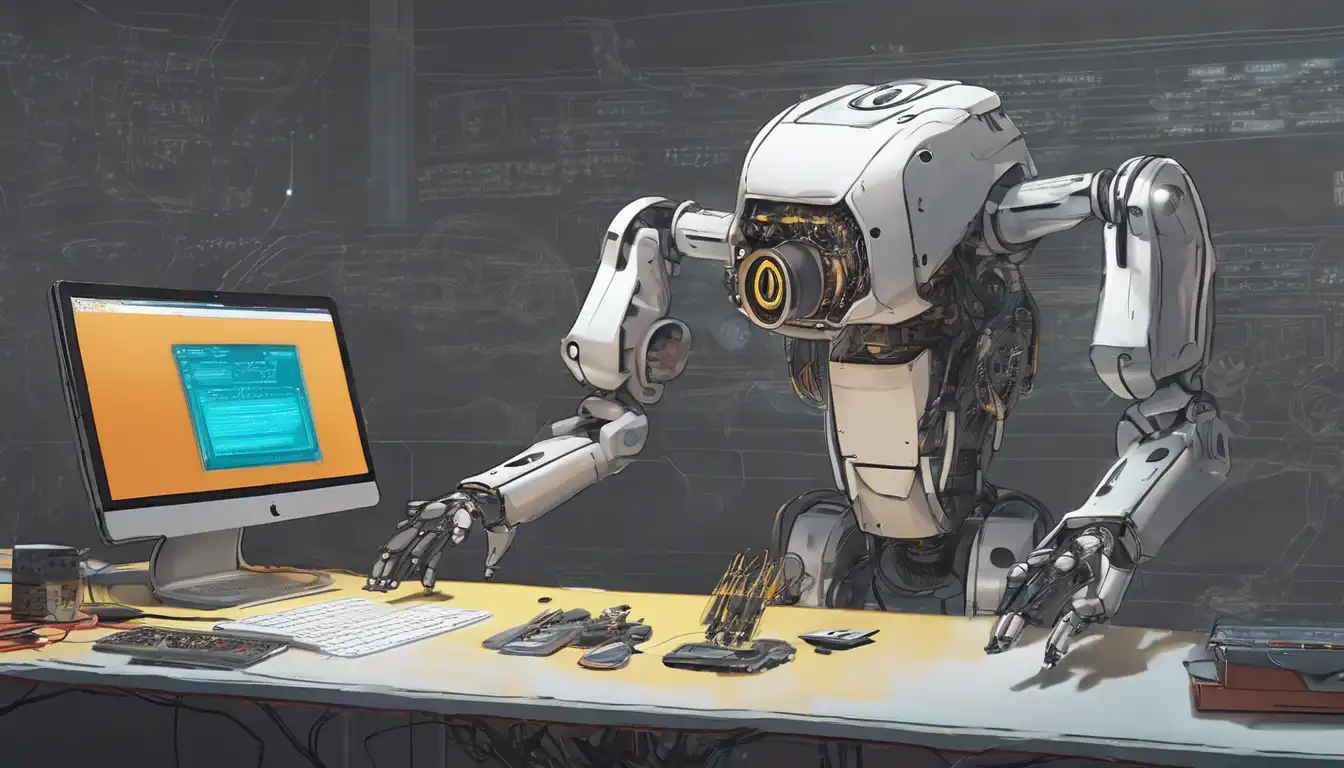Introduction to Robotics Programming
Robotics programming is an exciting field that combines the creativity of designing robots with the technical challenge of programming them to perform tasks. Whether you're a hobbyist looking to build your first robot or a professional aiming to enhance your skills, this guide will provide you with the foundational knowledge needed to get started.
Understanding the Basics
Before diving into robotics programming, it's essential to understand the basics of robotics and programming. Robotics involves the design, construction, operation, and use of robots, while programming is the process of creating instructions for computers to execute. Combining these two fields allows you to bring robots to life.
Choosing the Right Tools
Selecting the right tools is crucial for beginners in robotics programming. Here are some recommendations:
- Programming Languages: Python and C++ are popular choices due to their versatility and extensive libraries.
- Robotics Kits: Starter kits like LEGO Mindstorms or Arduino kits provide a hands-on way to learn.
- Software: ROS (Robot Operating System) is a flexible framework for writing robot software.
First Steps in Robotics Programming
Starting with simple projects can help build your confidence and skills. Consider beginning with a project like a line-following robot or a basic robotic arm. These projects introduce fundamental concepts such as sensor input, motor control, and decision-making algorithms.
Learning Resources
There are numerous resources available for aspiring robotics programmers. Online courses, tutorials, and community forums can provide valuable knowledge and support. Websites like ROS.org and Arduino.cc offer tutorials and documentation for beginners.
Challenges and Solutions
As with any new skill, you may encounter challenges when starting with robotics programming. Common issues include debugging code and understanding complex concepts. Overcoming these challenges requires patience, practice, and sometimes seeking help from the community or mentors.
Advancing Your Skills
Once you've mastered the basics, you can explore more advanced topics such as artificial intelligence in robotics, machine learning, and computer vision. These areas open up new possibilities for creating intelligent and autonomous robots.
Conclusion
Robotics programming is a rewarding field that offers endless opportunities for innovation and creativity. By starting with the basics, choosing the right tools, and continuously learning, you can develop the skills needed to bring your robotic ideas to life. Remember, the journey of a thousand miles begins with a single step.
